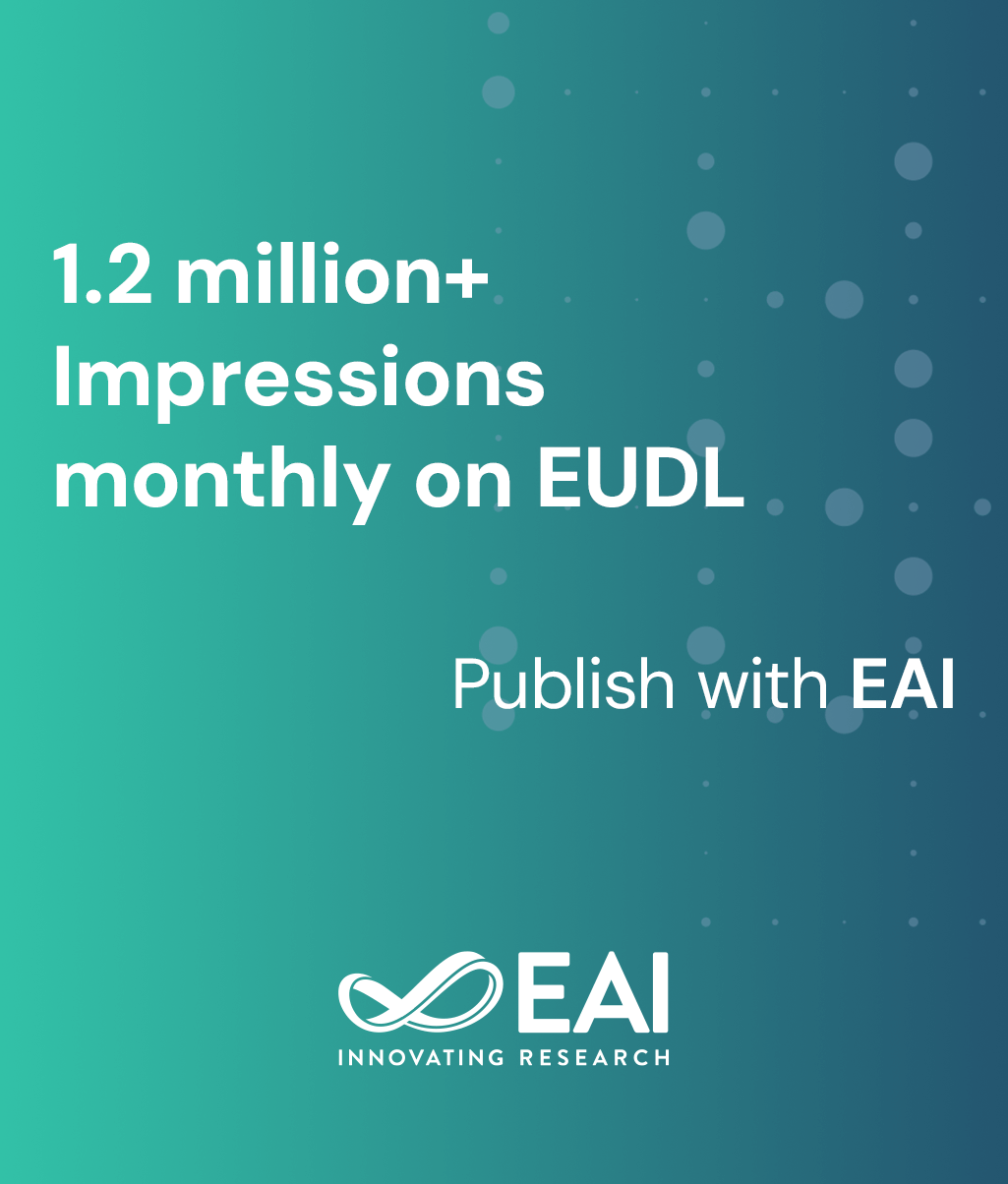
Research Article
Design of a low-cost wireless emission monitoring system for solid-fuel heat sources
@ARTICLE{10.4108/ew.v9i39.1369, author={M. Holubč\^{\i}k and Jozef Jandačka and M. Nicolansk\^{a}}, title={Design of a low-cost wireless emission monitoring system for solid-fuel heat sources}, journal={EAI Endorsed Transactions on Energy Web}, volume={9}, number={39}, publisher={EAI}, journal_a={EW}, year={2022}, month={6}, keywords={wireless sensor network, emission monitoring system, prototyping, graphical interface, Arduino}, doi={10.4108/ew.v9i39.1369} }- M. Holubčík
Jozef Jandačka
M. Nicolanská
Year: 2022
Design of a low-cost wireless emission monitoring system for solid-fuel heat sources
EW
EAI
DOI: 10.4108/ew.v9i39.1369
Abstract
INTRODUCTION: The study presents a conceptual and detailed design methodology overview of a wireless sensor network (WSN) aimed to evaluate the SmartCity air quality in real-time. The aim of the article is to provide low-cost, reliable, and accurate emission data at remote locations, assisting the 2050 Climate-Neutral target set by the European Commission. The sensor devices shall monitor emission parameters such as ozone, carbon dioxide concentration and particle concentrations, specifically concentrations PM2,5 and PM10. OBJECTIVES: The overall objective of the article is to demonstrate the use of a modern home-made air quality device within the market of boilers, fireplaces or other heating devices. METHODS: The methodology consists of reverse engineering of used professional portable emission analyzers, determining the detailed parts, building a model of how the device's internal systems operate. The paper later explains a series of future experiments including the setup, the necessary components and specific aim. Two numerical models shall be constructed in MATLAB Simscape and Simulink, specifically a telecommunication model, assisting the design of the telecommunication module, and thermal numerical model, that aids in verifying the system temperature and cooling. RESULTS: The study presents a large potential in increasing the accuracy and spectrum of modern air quality data and decreasing emission levels. CONCLUSION: In the conclusion of the paper, the functional requirements of the data processing are stated, along with schematic illustration of the user interface of measured emissions.
Copyright © 2022 M. Holubčík et al., licensed to EAI. This is an open access article distributed under the terms of the Creative Commons Attribution license, which permits unlimited use, distribution and reproduction in any medium so long as the original work is properly cited.


